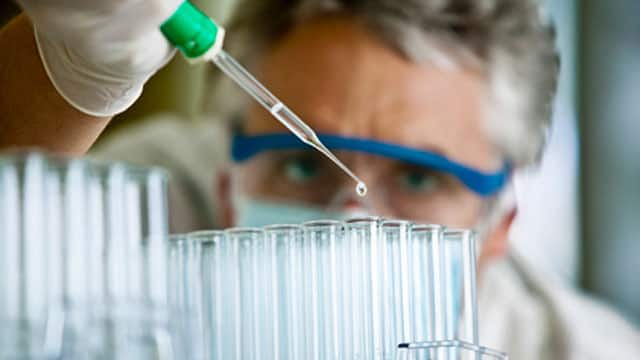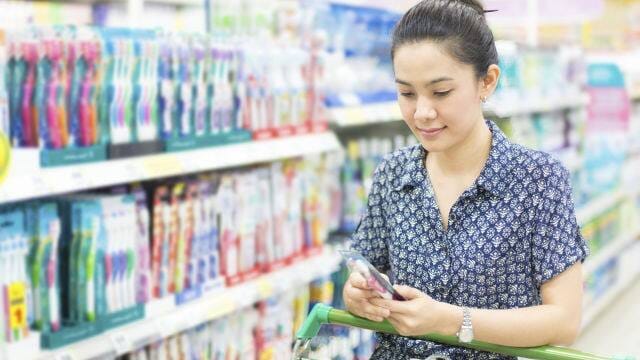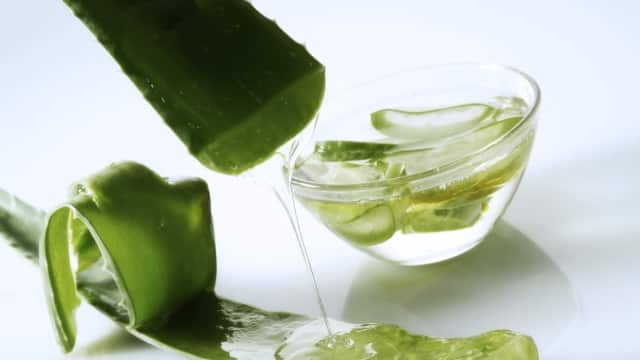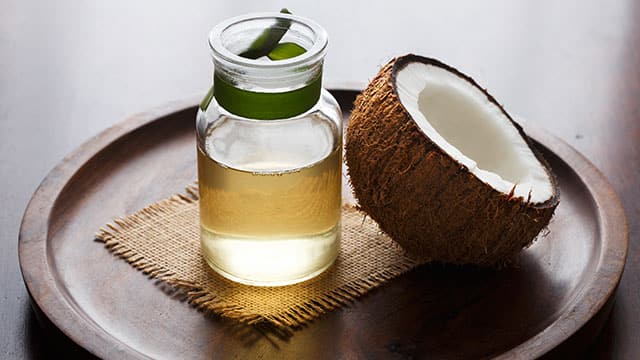Have you ever wondered why you have to spit more with a particular toothpaste over another? That's sodium lauryl sulfate toothpaste. Check out the below to see how we dug a little deeper to get the complete picture on SLS.
Sodium Lauryl Sulfate: Just The Facts
There's a lot to know when it comes to SLS. Here's a little breakdown of sodium lauryl sulfate and its connection to toothpaste.
- SLS is a cleaning agent and surfactant found in many consumer products, according to Chemical Safety Facts
- Because of it's cleaning power, SLS is prevalent in toothpaste
- It not only cleans but also helps remove food debris stuck in your mouth and teeth
- The FDA and EPA, among other organizations, have found SLS to be safe for consumers, according to Chemical Safety Facts
- And the American Cancer Society does not include SLS as a known carcinogen
How Is Sodium Lauryl Sulfate Made?
While SLS's job is relatively simple, the making of it somewhat complex. According to the National Institutes of Health (NIH), it's created by:
- Combining sulfur trioxide with plant or petroleum-based lauryl alcohol
- That product forms hydrogen lauryl sulfate.
- Hydrogen lauryl sulfate is then neutralized with sodium carbonate to yield — sodium lauryl sulfate.
What's really interesting is that it can be made naturally or synthetically. Thus, it can be found in both synthetic and natural products.
How Is Sodium Lauryl Sulfate Used In Toothpaste
One of the most common products SLS can be found in is toothpaste. It not only helps remove food debris and particles, but it allows for your toothpaste to create the foam that forms as you brush, according to Chemical Safety Facts. That foaming action aids in "the solubility of plaque and accretions during brushing," says the American Dental Association. Imagine brushing your teeth without it foaming up. Weird, right?
Are There Sodium Lauryl Sulfate Safety Concerns?
Overall, the health and safety concerns for SLS are minimal. But there are some details you should know:
- SLS is a safe compound for consumer personal care products and not a known carcinogen, says the NIH
- Stomatitis or mouth sore sufferers that use SLS toothpaste will develop more irritation, says the NIH, while toothpaste without SLS will reduce the pain
- If you extract its separate elements or change its chemical composition, it's possible SLS could become toxic
- Ultimately though, when adequately formulated and qualified, SLS is safe and not dangerous
It's good to know all the facts before you make an informed decision. And when it comes to toothpaste with sodium lauryl sulfate or without, consulting with your dentist to get their perspective on which is best for you and your child will help keep you informed.
This article is intended to promote understanding of and knowledge about general oral health topics. It is not intended to be a substitute for professional advice, diagnosis or treatment. Always seek the advice of your dentist or other qualified healthcare provider with any questions you may have regarding a medical condition or treatment.
ORAL HEALTH QUIZ
What's behind your smile?
Take our Oral Health assessment to get the most from your oral care routine
ORAL HEALTH QUIZ
What's behind your smile?
Take our Oral Health assessment to get the most from your oral care routine















